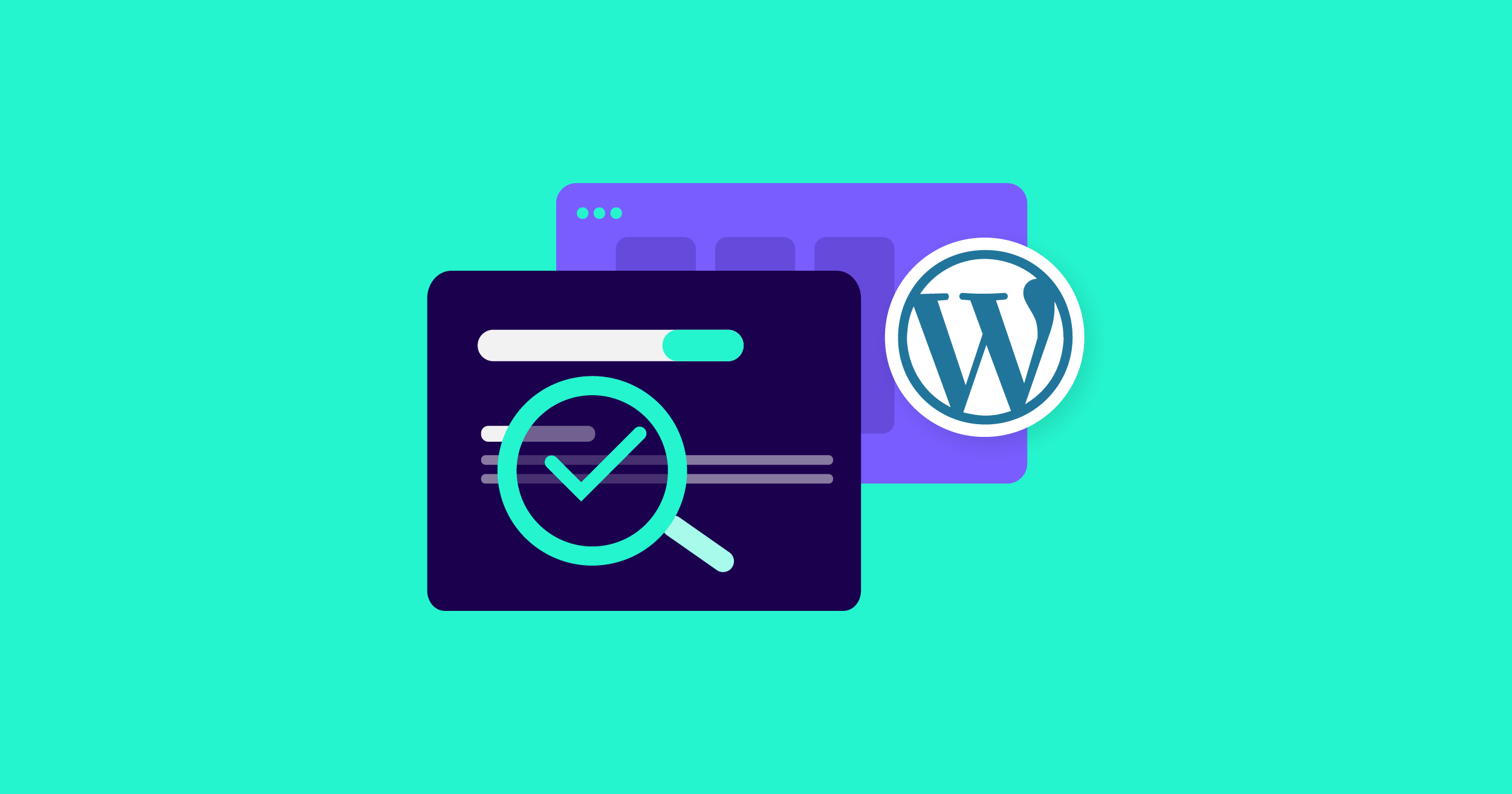
Optimizing the speed and performance of your WordPress website is crucial for providing a seamless user experience and improving your website’s search engine optimization (SEO). A slow-loading website can lead to higher bounce rates and lower conversions, affecting user satisfaction and overall website success. In this article, we will explore essential strategies and techniques to optimize your WordPress website for speed and performance, focusing on key areas such as caching, image optimization, minification, content delivery networks (CDNs), and the use of performance optimization plugins.
Caching: Boost Website Speed
Implementing caching mechanisms is an effective way to improve your website’s speed. Caching reduces server load and eliminates the need to regenerate web pages with every request. Utilize caching plugins like W3 Total Cache or WP Rocket to generate static HTML versions of your pages, which can be served to visitors quickly. Caching plugins also offer additional features such as minification, browser caching, and CDN integration.
Image Optimization: Reduce File Sizes

Optimize your images to reduce their file sizes without sacrificing quality. Large image files can significantly impact page load times. Use image optimization plugins like Smush or EWWW Image Optimizer to automatically compress and optimize images upon upload. Additionally, resize images to appropriate dimensions and consider using modern image formats like WebP for further file size reduction.
Minification: Streamline Code
Minify your website’s HTML, CSS, and JavaScript files by removing unnecessary characters, whitespace, and comments. Minification reduces file sizes, resulting in faster loading times. You can manually minify your files using online tools or leverage WordPress plugins like Autoptimize or Fast Velocity Minify to automate the process.
Content Delivery Networks (CDNs): Improve Global Access

Utilize a content delivery network (CDN) to distribute your website’s static content across a global network of servers. CDNs cache your website’s files in multiple locations, allowing visitors to access them from the nearest server, reducing latency and improving load times. Popular CDNs include Cloudflare, MaxCDN, and Amazon CloudFront.
Optimize Database and Cleanup: Remove Unnecessary Data
Regularly optimize and clean up your WordPress database to improve website performance. Use plugins like WP-Optimize or WP Sweep to remove spam comments, post revisions, trashed items, and other unnecessary data. Optimize database tables to ensure efficient queries and faster response times.
Utilize Performance Optimization Plugins: Leverage Additional Features

Take advantage of performance optimization plugins to streamline and enhance your website’s speed. Plugins like WP Super Cache, WP Fastest Cache, or WP Rocket offer advanced features such as lazy loading, GZIP compression, browser caching, and more. Evaluate the features provided by these plugins and select the one that best suits your website’s needs.
In conclusion, optimizing your WordPress website for speed and performance is vital for delivering a smooth user experience and improving SEO. By implementing caching, optimizing images, minifying code, utilizing CDNs, optimizing databases, and leveraging performance optimization plugins, you can significantly improve your website’s speed and performance. A fast-loading website not only enhances user satisfaction but also positively impacts search engine rankings and conversion rates. Invest time in optimizing your WordPress website to create a blazing-fast online presence that keeps visitors engaged, encourages interaction, and achieves your website goals.
Key Points Summary
- Optimizing your WordPress website for speed and performance improves user experience and search engine optimization (SEO).
- Implement caching mechanisms using plugins like W3 Total Cache or WP Rocket to generate static HTML versions of pages, reducing server load and improving loading times.
- Optimize images by compressing them using plugins like Smush or EWWW Image Optimizer, resizing them to appropriate dimensions, and considering modern image formats like WebP.
- Minify HTML, CSS, and JavaScript files to streamline code and reduce file sizes using online tools or plugins like Autoptimize or Fast Velocity Minify.
- Utilize content delivery networks (CDNs) like Cloudflare, MaxCDN, or Amazon CloudFront to distribute static content globally and reduce latency for faster access.
- Regularly optimize and clean up your WordPress database using plugins like WP-Optimize or WP Sweep to remove unnecessary data and ensure efficient queries.
- Leverage performance optimization plugins such as WP Super Cache, WP Fastest Cache, or WP Rocket to further enhance speed and performance with features like lazy loading, GZIP compression, and browser caching.
- Optimizing your WordPress website for speed and performance contributes to a better user experience, improved SEO, and higher engagement and conversion rates.
Contact our Vietnam team to learn more about how we can help you optimize your website for SEO and achieve your online marketing goals.

Leave a Reply